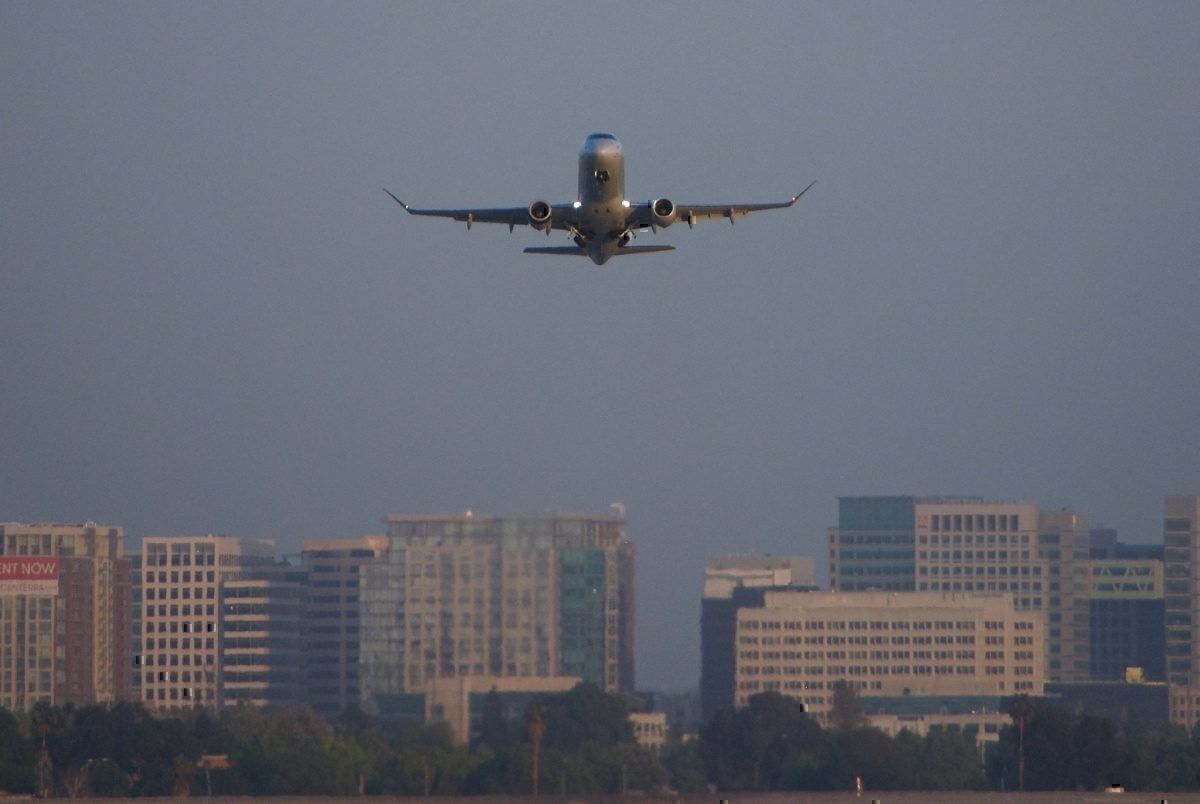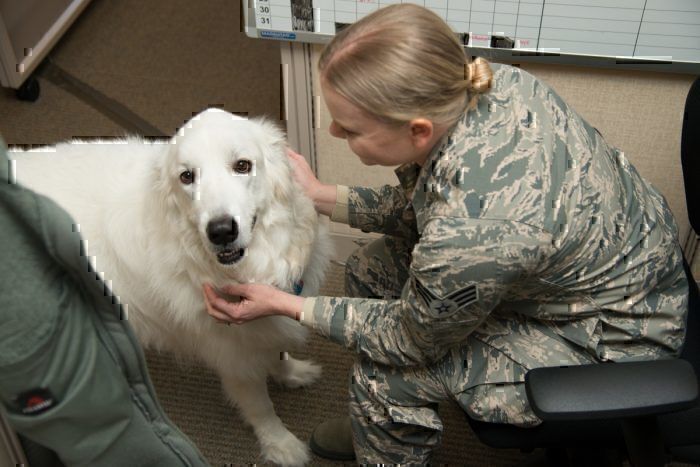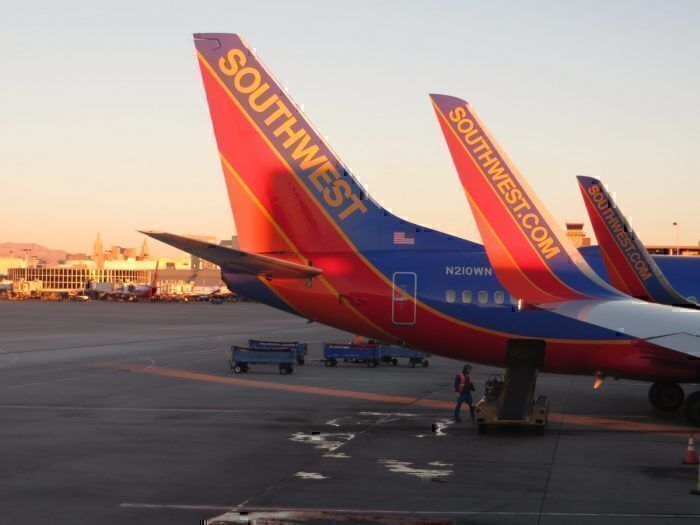Monday 24th July witnessed an unusual incident aboard American Airlines flight A3506, as one passenger’s emotional support dog bit a flight attendant. The American Eagle flight aboard an Embraer EMB-175 had departed from Dallas-Fort Worth and was heading to Greensboro, NC. when the attack occurred.
American Airlines confirmed with Simple Flying that the unnamed flight attendant from American Airlines subsidiary Envoy Air required five stitches to his hand when he returned to Dallas-Fort Worth International. He had been previously examined upon arrival in Greensboro and cleared of any need for medical aid.
As reported by Live and Lets Fly, the Association of Flight Attendants-CWA responded to the incident by urging the US Department of Transportation to further increase regulation of support animals for the safety of flight attendants at work.
The latest incident follows tighter emotional support animal regulations this year from many US airlines.
The rise of emotional support animals
The topics of animals and aircraft seem to be a common cause of controversy. Most people are familiar with service animals such as guide dogs, which help people with visual disabilities navigate their daily lives.
There are also other types of service animal, including hearing dogs and mobility dogs. They help people with disabilities live normal lives and as a result, are allowed on flights. However, many people are unfamiliar with the concept of an emotional support animal.
A fairly recent phenomenon, the rise in the number of emotional support animals has hit the news frequently in recent years. On a United Airlines flight from Newark Airport in January 2018, one woman even tried to board with her ‘emotional support peacock’.
Emotional support animals provide assistance to people who suffer from mental health and emotional disorders such as PTSD or anxiety, but many believe they should not be allowed to fly.
As discussion of mental health disorders has opened up in recent years, so have attitudes to emotional support animals. Many US airlines now have concrete policies towards them, which they have had to tighten following incidents.
Animal incidents
But Monday’s incident is not the first to trigger debate about the airline policy towards support animals. Back in June 2017, a passenger aboard a Delta flight from Atlanta to San Diego was attacked by another passenger’s emotional support dog.
28-year-old Marlin Jackson subsequently sued Delta for negligence after sustaining what court documents described as “extensive facial damage including deep lacerations and punctures to the nose and mouth”.
A young girl also received a minor injury from an emotional support dog in February 2018, whilst boarding a Southwest Airlines flight from Phoenix to Portland, OR.
These incidents spurred a number of airlines to tighten regulations around emotional support animals. Delta updated its emotional support animal policy in 2018, requiring all passengers to produce a valid animal training form at least 48 hours before their flight.
Similarly, American Airlines updated its policy earlier this year to require valid veterinary forms and limit permitted emotional support animals to cats and dogs only.
Monday’s incident looks set to stir more discussion around emotional support animals on US airlines and the potential risks towards customers and staff in the rare occasions something goes wrong.



